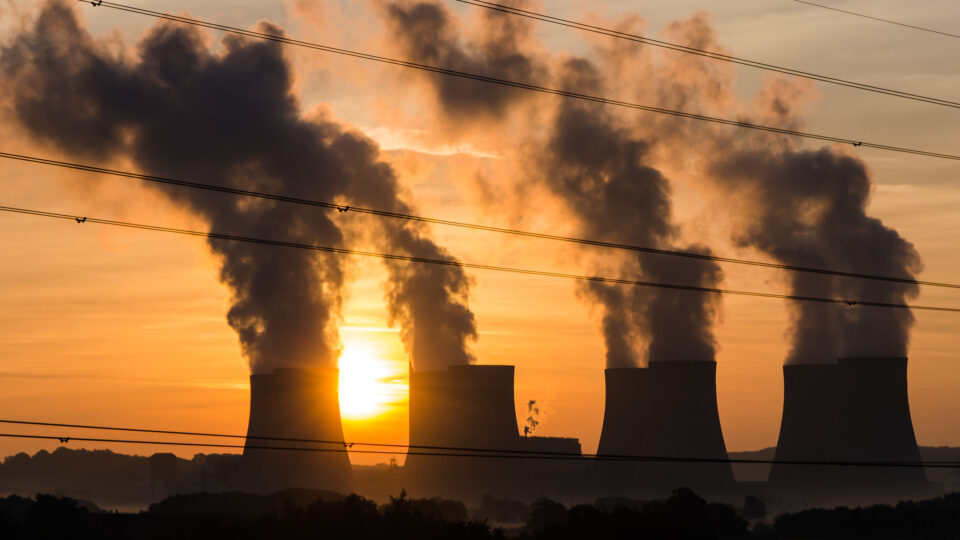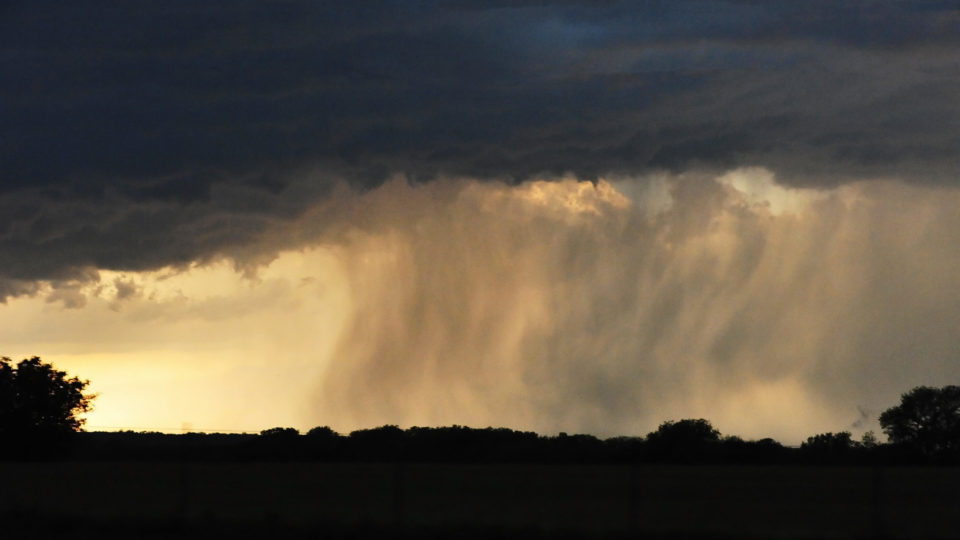California has aggressively pursued the use of renewable energy, particularly solar and wind power. Last year, renewables supplied 54% of the state’s electricity needs. This year, California has been achieving some remarkable milestones with its renewable energy.
As of May 26th, California had produced more than 100% of its electricity demand with wind, solar, and hydropower for parts of 51 straight days and 75 out of 81 days. On May 25th, California’s grid ran entirely on renewable energy for 10.1 straight hours and renewables provided 83% of the state’s electricity for the entire 24-hour period. California uses more electricity than any other state apart than Texas, which uses more than half its energy for operating refineries and petrochemical plants.
Excess power in California is either exported to other states or is used to charge up the state’s growing arrays of energy storage batteries. California has the largest grid-connected battery storage facility in the world, located in Kern County. The facility can store nearly 3,300 megawatt-hours of energy.
The ability to produce more power than the state needs occurs during the day when the sun is shining, and when many people are not at home. At night, demand goes up and solar power is not available. But as the quantity of energy storage available continues to grow along with additional solar installations, California will ultimately be able to wean off of the gas-fueled power plants it predominantly uses at night.
According to some experts, California may operate entirely on renewables and battery storage as soon as 2035.
**********
Web Links
California exceeds 100% of energy demand with renewables over a record 30 days
Photo, posted January 11, 2016, courtesy of Jared Eberhardt via Flickr.
Earth Wise is a production of WAMC Northeast Public Radio







